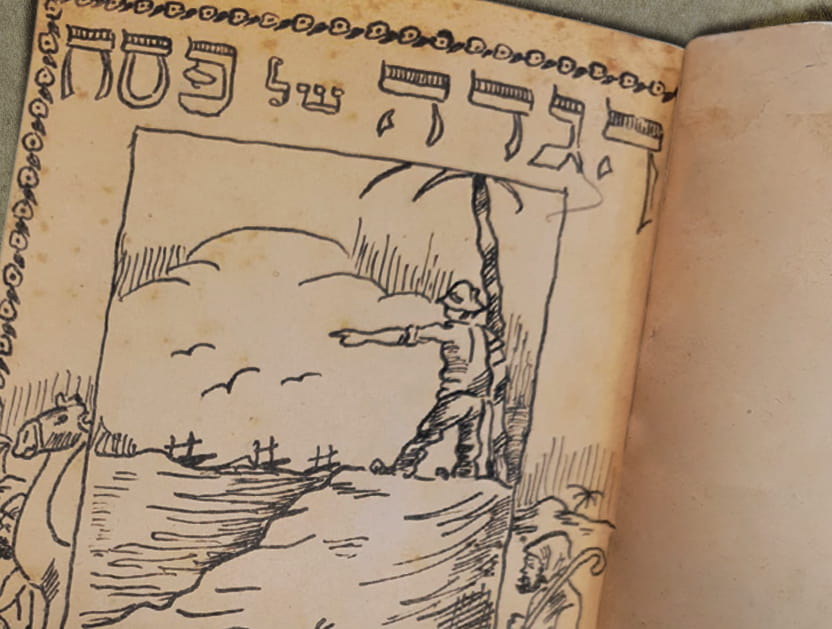הדוקטורט של לאה גולדברג שהנאצים שדדו
את לאה גולדברג אנחנו מכירים בעיקר כמשוררת וסופרת ילדים. אבל היא הייתה גם מחזאית, מתרגמת, ציירת, עורכת, מורה וחוקרת ספרות. היא כתבה את "דירה להשכיר", "איה פלוטו", "האומנם" ("את תלכי בשדה"), "בארץ אהבתי" ועוד הרבה מאוד יצירות שזכו להערכה ופופולריות ונוכחות בחיי היומיום שלנו עד היום. לכן מפתיע לגלות ש
לכתבה בבלוג הספרייה
 כניסה עם גוגל
כניסה עם גוגל
 כניסה עם פייסבוק
כניסה עם פייסבוק


